Every day driving habits can make or break the budget when it comes to daily driving. A list of tips to improve your fuel economy is something the rally ace believes can benefit drivers young and old. Fuel economy has been an interest of the retired 55-year-old rally driver, even before it was used as a competitive advantage.
"I've always been interested in fuel economy, even at university purely from the necessity of getting 50mpg out of my Mini, and in my rally career as well," he says.
The multiple production-car champ recently got behind the wheel of Hyundai's new i20 in Sydney and aimed for Brisbane - a 936km trip - on one 45-litre tank of fuel, but the quest saw the bright lights of Bundaberg in the windscreen instead.
The final trip distance was 1269km, using on average 4.2 litres per 100km, with the only real concession to hard-core economy driving being no air conditioning.
But the Adelaide rally ace believes there are simple things that every driver can do to improve fuel economy, without freezing or frying, before they turn the key.
"If you want to save fuel, the over-riding one is choosing when to use your car - the actual number of times people don't combine the journies is important. For example, make sure you don't drop the kids at school, go home and then come back to the shops, minimise the use of the car, thinking about what you do with your car every day."
Mr Ordynski also believes car choice is important but drivers also need to learn the best way to drive their chosen vehicle.
"No matter what vehicle you choose, learn how to drive it efficiently, take the time to learn a bit about your car. If you really want to drive efficiently, learn where its optimium performance bad is," he says.
The motorsport veteran firmly believes a well-driven manual vehicle is far more efficient than either a conventional automatic or the increasingly-common double-clutch automated manual. "We're a country besotted with automatics, but there is no auto or DSG that's better for fuel economy if the driver knows how to use it (a manual gearbox) properly," he says.
A small amount of research to find where the optimum operating range for your vehicle can be beneficial, says Mr Ordynski.
"If you look at a graph of the torque you can work out the most efficient operating range. It doesn't effect the speed of driving at all, one of the most common things I see people doing incorrectly, the number one thing is operate the engine outside the most fuel-efficient band," he says. Australia's national vehicle fleet average is 11 litres per 100km, that's petrol-powered vehicles, if you could cut that in half by choice of vehicle and driving technique, that means big savings in cost, fuel and CO2 emissions."
Drivers should also be focussed on the job of driving - for safety's sake as well as fuel economy.
"One of the things about driving for efficiency is that it forces you to think about it and look ahead, I think it makes you concentrate on what you're doing, which is something I think the average motorist doesn't do. Every time you use the brakes it costs you fuel - rolling off throttle and conserving momentum coming up to traffic lights and things like that," he says.
WHO IS ED ORDYNSKI?
 A stalwart of the Australian motorsport scene for more than three decades, rally driver Ed Ordynski, 55, has been successful in a wide array of motorsport-related activities, conducting product launches, writing for magazines and training competitors and actors both here and overseas. He has also served as Chairman of the Australian Rally Commission and Manager of Motorsports Training Australia.
A stalwart of the Australian motorsport scene for more than three decades, rally driver Ed Ordynski, 55, has been successful in a wide array of motorsport-related activities, conducting product launches, writing for magazines and training competitors and actors both here and overseas. He has also served as Chairman of the Australian Rally Commission and Manager of Motorsports Training Australia.
The Ordynski name is probably most closely linked to the Mitsubishi brand, having driven a Galant VR-4 to top spot in the 1990 Australian Rally Championship, which included the Group N production car title that year and continuing a long and successful relationship until his retirement in 2005.
The Group N category title was on his mantle three more times - 1993, 1994, 1995 - all in Mitsubishi Lancer Evolutions. Ordynski has also spent time in big, rear-wheel drive Holden Commodores, winning the 1995 Round Australia Trial. He has competed in China, Sweden, Finland, Japan, New Zealand, Indonesia, Malaysia and Thailand. Ed's record-winning eight Group N 1st placings in Rally Australia, in the World Rally Championship, is unmatched.
ED ORDYNSKI'S TOP 5 FRUGAL AND FUN CARS
| Toyota Corolla Ascent manual hatchback | |
| Price: from $21,740 Engine: 1.8-litre 16-valve four-cylinder Transmission: six-speed manual, front-wheel drive Power: 100kW @ 6000rpm Torque: 175Nm @ 4400rpm Fuel consumption: 7.4litres/100km Emissions: 171g/km. |
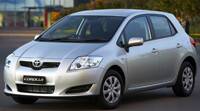 |
| Mazda 6 diesel | |
| Price: from $36,250 Engine: 2.2-litre DOHC 16-valve intercooled turbodiesel four-cylinder Transmission: six-speed manual, front-wheel drive Power: 132kW @ 3500rpm Torque: 400Nm between 1800 & 3000rpm Fuel consumption: 5.9litres/100km, tank 64 litres Emissions: 154g/km. |
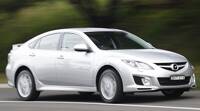 |
| Ford Fiesta Econetic | |
| Price: from $24,990 Engine: 1.6-litre DOHC turbodiesel four-cylinder Transmission: five-speed manual, front-wheel drive Power: 66kW @ 4000rpm Torque: 200Nm @ 1750rpm Fuel consumption: 3.7litres/100km, tank 40litres Emissions: 98g/km. |
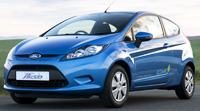 |
| Mercedes-Benz C350 CDI | |
|
Price: from $131,900 |
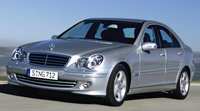 |
| Hyundai i20 1.4 manual | |
| Price: from $14,990 Engine: 1.4-litre 16-valve DOHC petrol four-cylinder Transmission: five-speed manual, front-wheel drive Power: 73.5kW @ 5500rpm Torque: 136Nm @ 4200rpm Fuel consumption: 6litres/100km, tank 45 litres Emissions: 142g/km. |
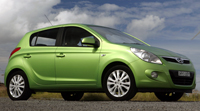 |
ED ORDYNSKI'S FUEL-SAVING TIPS
- Plan when you need to use your car to avoid unnecessary journies and peak-hour.
- Take a little time to learn about the way your car operates for best fuel efficiency.
- Choose an energy efficient vehicle.
- Concentrate on driving smoothly and anticipate traffic flow to conserve momentum.
- Keep tyre pressures at maximum recommended level and have your car serviced at correct intervals and keep wheel alignment at manufacturer specification.
- Avoid carrying excess weight and remove accessories which affect the aerodynamics (eg. roof racks).
- Choose a manual transmission and learn to drive it properly for optimum fuel efficiency.
- Avoid use of airconditioning and keep windows closed.
- Do not use cruise control but do focus on keeping a constant speed and conserving momentum (eg. gradually reduce speed up long hills).
- Switch off engine if going to be stopped for more than 10 seconds.
- Drive off as soon as the engine is started, especially from a cold start.
- With diesel engines, minimise throttle percentage, using the tallest gear with the least throttle opening.
- With petrol engines, minimise engine revs, regardless of throttle position, using the tallest gear the engine will allow without harshness.
- If you must drive an automatic, learn how to encourage it to stay in tall gears with the torque converter locked as much as possible.
- Steer smoothly on the correct line through corners to avoid using energy from unnecessary angle on the front wheels.
GREEN VEHICLE GUIDE
The Green Vehicle Guide provides an overall rating for all new cars sold in Australia based on their combined greenhouse rating and air pollution rating. The top ten overall performers and top ten sellers are based on the best performing variant for the listed model. Variants with different engines and transmissions may have lower scores.
DRIVING TIPS
Drive smoothly - aggressive driving can increase fuel use by up to 30 per cent, so avoid hard accelerating or braking and look ahead to read traffic flow to conserve momentum.
Maintenance - a well-maintained engine can improve fuel economy by up to four per cent. Change the oil regularly, check the air filter and follow the car manufacturer's recommendation on servicing.
Check the air pressure in your car's tyres - quite apart from being safer and improving longevity, a properly-inflated tyre can help with fuel use. A tyre under-inflated by one psi (pound per square inch) can reduce fuel efficiency by as much as three per cent.
Get the weight out - some research suggests for every extra 45kg carried, there's a two per cent reduction in fuel efficiency.
Remove roof racks or roof bars - the reduction in your car's aerodynamic efficiency can hinder fuel economy by as much as five per cent.
Avoid high speeds - increased speed equals increasing wind resistance, with some research suggesting cruising at 110km/h uses up to 25 per cent more fuel than cruising at 90km/h.
TOP PERFORMERS *
| MAKE/MODEL | FUEL USE LITRES/100KM |
OVERALL STARS |
| Toyota Prius | 3.9 | 5 |
| smart fortwo | 4.4 | 5 |
| Suzuki Alto | 4.7 | 5 |
| Volkswagen Polo | 5.5 | 5 |
| Honda Jazz | 5.8 | 5 |
| Toyota Yaris | 6 | 5 |
| Toyota Camry Hybrid | 6 | 5 |
| Volkswagen Golf | 6.2 | 5 |
| Alfa Romeo MiTo | 6.1 | 5 |
| Hyundai Getz | 6.1 | 5 |
| Citroen C3 | 6.1 | 5 |
| Lexus RX450h | 6.4 | 5 |
| Kia Soul | 6.5 | 5 |
| Hyundai i30 | 6.5 | 5 |
| Kia Rio | 6.6 | 5 |
| Audi A3 | 6.7 | 5 |
| Mini Cooper | 5.8 | 4.5 |
| Honda Civic | 6.9 | 4.5 |
| Audi A5 Coupe | 7.3 | 4.5 |
| Suzuki SX4 | 7.3 | 4.5 |
TOP SELLERS *
| MAKE/MODEL | FUEL USE LITRES/100KM |
OVERALL STARS |
| Holden Commodore | 9.3 | 4 |
| Mazda 3 | 7.9 | 3.5 |
| Toyota Corolla | 7.3 | 3.5 |
| Hyundai i30 | 7.6 | 4.5 |
| Ford Falcon | 7.9 | 3 |
| Holden Cruze | 7 | 3.5 |
| Toyota Hilux 4x4 | 13.3 | 3 |
| Mitsubishi Lancer | 8.8 | 4 |
| Hyundai Getz | 6.1 | 3.5 |
| Toyota Yaris | 6 | 5 |
| Toyota Camry | 6 | 5 |
| Nissan Navara 4x4 | 9.8 | 2.5 |
| Toyota Prado | 11.5 | 3 |
| Holden Captiva | 10.3 | 3.5 |
| Toyota Hilux 4x2 | 11.2 | 3 |
| Volkswagen Golf | 6.2 | 5 |
| Subaru Forester | 9.3 | 3.5 |
| Holden Barina | 7.2 | 3.5 |
| Mazda 2 | 6.2 | 3.5 |
| Toyota RAV4 | 8.4 | 3.5 |
* Source: Green Vehicle Guide - for more information, visit www.greenvehicleguide.gov.au.







.jpg)
.jpg)
.jpg)

.jpg)
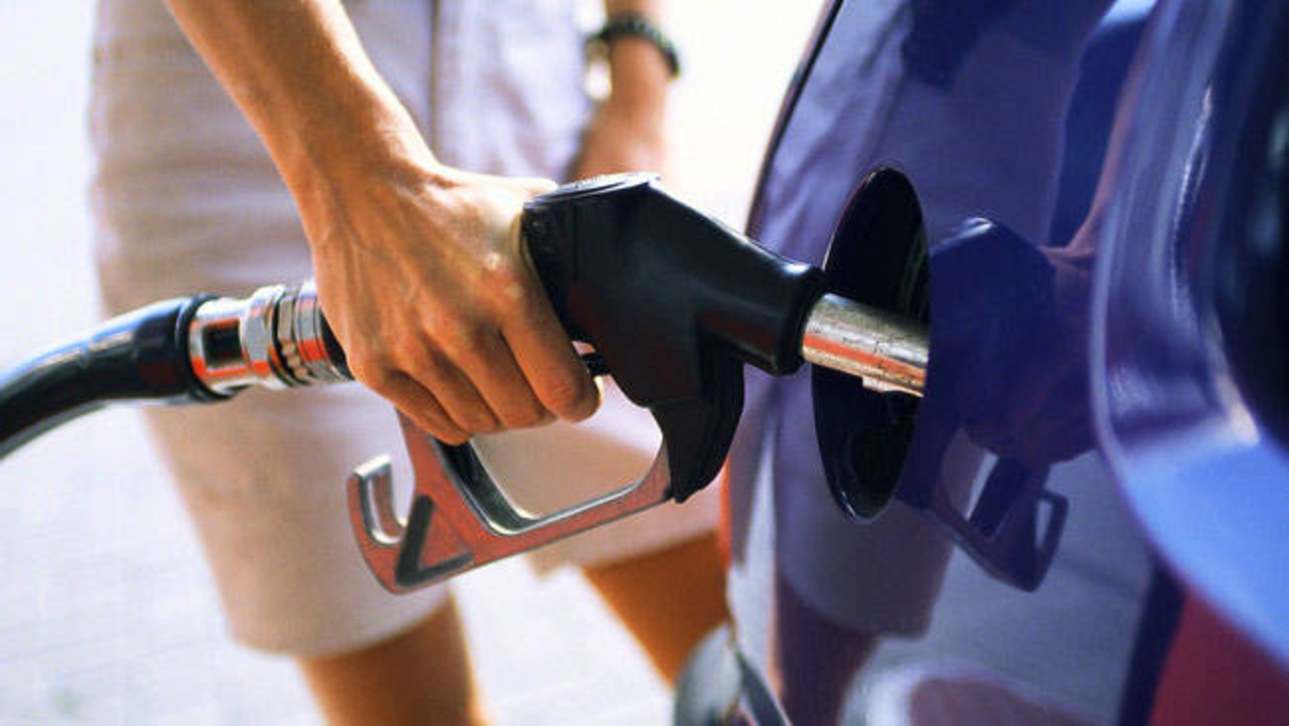
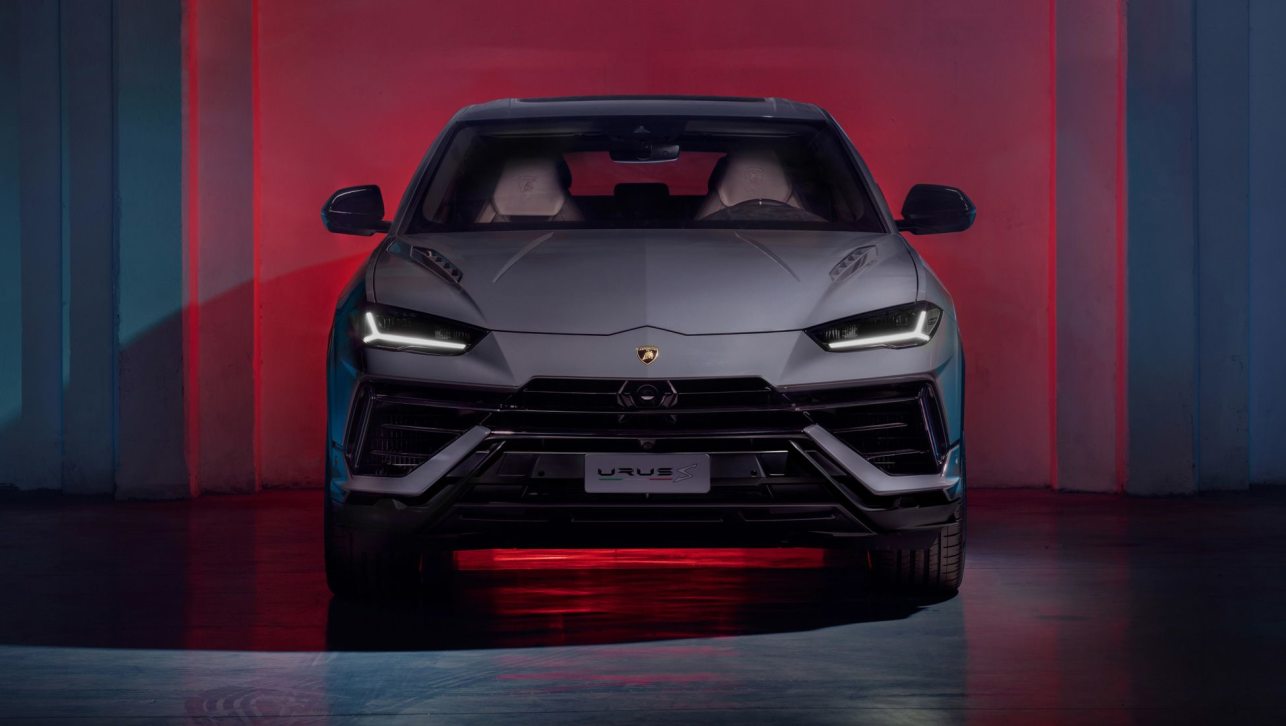
.jpg)
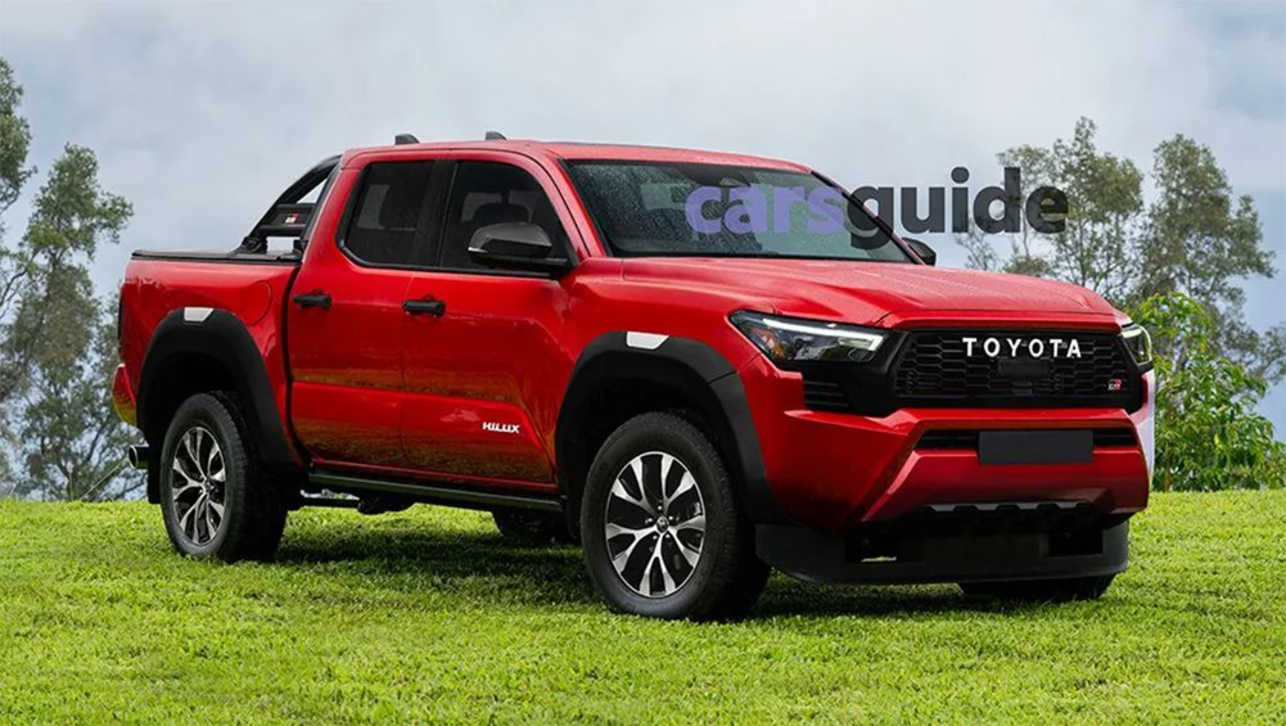


.jpg)




_0.jpg)

.jpg)




Comments